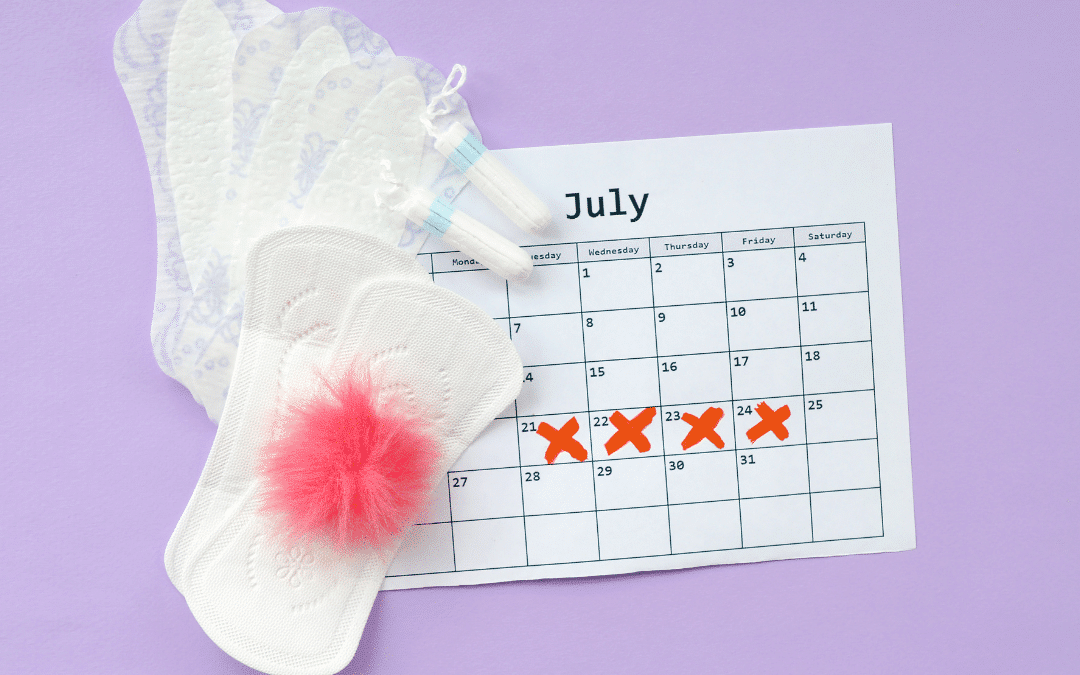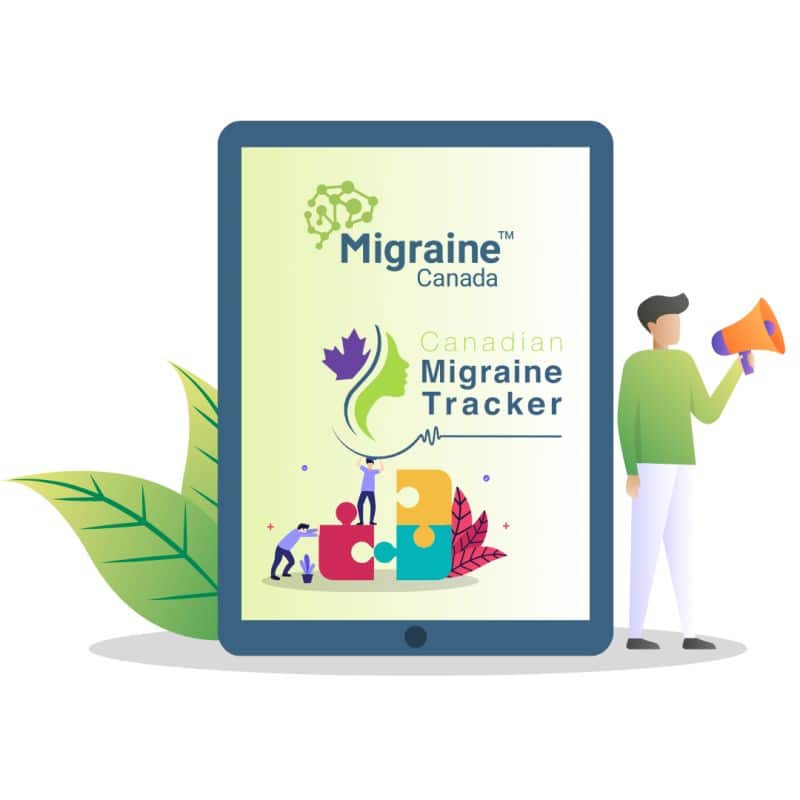Menstrual migraine is a subtype linked to hormonal fluctuations during the menstrual cycle, causing severe attacks typically 2 days before and 3 days after menstruation starts. It includes pure menstrual migraine (only during menstruation) and menstrually-related migraine (during and outside menstruation). Treatment involves managing triggers, using tailored acute medications, considering mini-prevention with drugs like triptans or NSAIDs, and potentially stabilizing estrogen levels with hormonal approaches. Accurate symptom tracking with a migraine diary is crucial for effective management.
Menstrual migraine is associated with the menstrual cycle. Hormonal fluctuations, such as drops in estrogen during specific times of the menstrual cycle, can trigger migraine.
What is the medical definition of menstrual migraine?
Experiencing more painful migraine attacks either 2 days before or 3 days after the first day of menstrual bleeding may indicate menstrual migraine. Sometimes women overestimate the link between attacks and their period. We’re specifically referring to -2 or +3 days, not the week before, during, or after bleeding.
Two types of menstrual migraine have been classified by the International Classification of Headache Disorders (ICHD):
- Pure Menstrual Migraine: Migraine attacks occur exclusively during menstruation and at no other time in the cycle.
- Menstrually-Related Migraine: Migraine attacks occur during menstruation and additionally at other times of the cycle.
Who gets menstrual migraine?
Menstrual migraine is commonly seen in women between 10 to 20 years of age, and typically starts with the onset of menstruation. For some women, hormonal fluctuations and migraine attacks are intricately linked throughout their lives: migraine attacks start with the onset of menstruation, improve slightly during pregnancy, worsen during perimenopause, and clearly improve during menopause. Genetic factors are also likely at play.
Is menstrual migraine more difficult to treat?
In general, menstrual migraine attacks last longer, are more painful, and are more resistant to typical medications. Individuals with frequent migraine attacks who find an effective preventive and see their migraine frequency decrease often observe that the remaining attacks are menstrual. It is also common for women to report migraine attacks and “lingering headache” during their periods.
Why is it more likely to experience migraine attacks during menstruation?
Several factors in the female body during menstruation could increase the risk of an attack:
- Estrogen levels drop, making the brain more sensitive to pain in general
- Prostaglandin levels increase as the uterus becomes inflamed; inflammation may trigger migraine
- Iron and magnesium levels decrease
- Strong perimenstrual syndrome with pain and sleep difficulties can lead to a migraine
How can we treat menstrual migraine?
There are five key strategies to treating menstrual migraine:
- Manage other triggers during the “danger period”
- Use an optimal acute treatment, which may involve a stronger combination of medications than usual (e.g., a combination of NSAID and triptan)
- Implement mini-prevention strategies to cover the “danger period”
- Consider a hormonal approach to prevent the drop in estrogen
- Utilize standard preventive medications to prevent all migraine attacks
Why should I manage my other triggers during my period?
Triggers can accumulate. Research has shown that some triggers, such as sleep deprivation, are more likely to trigger an attack during menstruation. It is important to take extra care of your brain during this time.
What are the treatment options for menstrual migraine attacks?
The treatment options are similar to those used for general migraine attacks, but you may need to combine treatments or take repeat doses. Some triptans have been studied specifically for menstrual migraine: sumatriptan, zolmitriptan, almotriptan, rizatriptan, and naratriptan.
What is “mini-prevention” and who should use it?
Mini-prevention is an approach used for women who primarily experience menstrual migraine attacks. The cycle must be predictable, as demonstrated by at least 3 months of a migraine diary. During menstruation, the threshold for migraine decreases, increasing the risk of an attack. The goal of mini-prevention is to either prevent the drop in estrogen levels or increase the brain’s resistance to attacks with medication taken during the “danger period.” The duration of the mini-prevention approach is typically 5-7 days around the “danger period.”
What medications can I use for mini-prevention?
Triptans or NSAIDs used for mini-prevention are those that stay in the body for many hours. For example, Naproxen or Aleve remain in the body longer than Advil/Ibuprofen. Frovatriptan remains in the body longer than sumatriptan. Common options for mini-prevention include:
- Naproxen
- Naratriptan
- Frovatriptan
- Zolmitriptan
- DHE (dihydroergotamine)
Always discuss medications with your physician.
If I take triptans or NSAIDs for mini-prevention, will I be at risk for medication overuse?
Taking NSAIDs or triptans for 5-7 days could bring you close to the 10-day limit for risk of overuse. For this reason, women who experience frequent migraine attacks not linked to their period should consider a regular preventive treatment instead of mini-prevention. Discuss this with your physician!
How can I prevent the drop in estrogen that may cause menstrual migraine?
To prevent drops in estrogen levels, you can take estrogen supplements in various forms, such as pills, injections, or patches. Another commonly recommended strategy is taking a continuous estrogen contraceptive pill (either with no sugar pill or with a lower drop in estrogen dose). Women often wonder if using the pill without a sugar pill week is safe, as bleeding will often stop and that may seem unnatural. According to OBGYN associations, continuous contraception is safe (unless you have been advised to now use estrogen at all).
Are there other treatment options?
There are alternative therapies that do not require prescription medications. Magnesium supplements are sometimes used. Additionally, a gammaCore device that sends non-painful impulses to a nerve in the neck to help relieve pain can be used. This typically involves applying the device in the area for 2 minutes, three times a day. This device is costly and not easy accessible in Canada, but you can discuss this option with a headache specialist.
Whatever you do, remember to use a migraine diary to track your migraine. Menstrual cycles can be irregular, and it is not always easy to get a clear picture of migraine patterns based on memory alone.
References
- Maasumi K, Tepper SJ, Kriegler JS. Menstrual Migraine and Treatment Options: Review. Headache. 2017;57(2):194-208.
- Calhoun, AH, Understanding menstrual migraine. Headaache.2018;58(4):626-630.
Post #504



